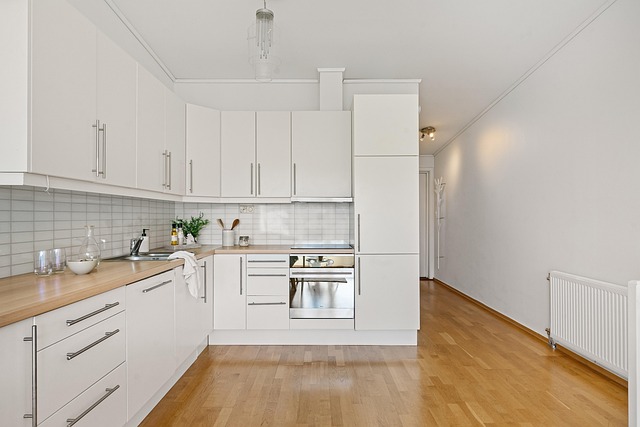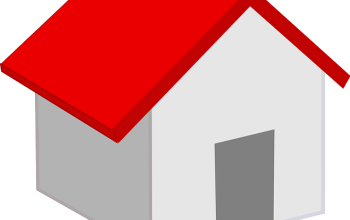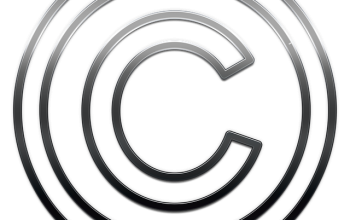Proactive Property Management (PPM) is a strategy that focuses on preventing issues rather than reacting to them, ensuring properties remain in excellent condition. Through regular inspections and tenant feedback, PPM identifies wear and tear, from pest problems to structural damage, early on. This approach not only preserves property value but also improves tenant satisfaction and reduces future repair costs. Key techniques include predictive maintenance, leveraging data, and advanced technologies like smart sensors for real-time monitoring. By streamlining operations and enhancing aesthetics, PPM attracts tenants, increases occupancy rates, and contributes to the long-term success of real estate ventures in a competitive market.
In today’s competitive real estate market, a proactive property management plan is essential for maximizing asset value and tenant satisfaction. This comprehensive guide delves into the key components that drive effective proactive management, including identifying potential issues through predictive maintenance and regular inspections. Learn how technology can enhance early detection systems, discover common property problems and their proactive solutions, and explore strategies such as clear maintenance protocols, staff training, and data-driven decision-making to ensure a thriving, well-maintained environment.
- Identifying Potential Issues Proactively
- – Importance of predictive maintenance and regular inspections
- – Utilizing technology for early detection systems
- – Examples of common property issues and their proactive solutions
Identifying Potential Issues Proactively

Effective proactive property management involves anticipating and addressing potential issues before they escalate. By regularly inspecting properties, property managers can identify subtle signs of wear and tear or maintenance needs that may be overlooked by tenants. This includes checking for pest infestations, structural damage, faulty appliances, or water leaks. Addressing these issues promptly not only maintains the property’s value but also ensures tenant satisfaction and avoids costly repairs in the future.
Proactive management also encompasses regular communication with tenants to gather feedback on any concerns they may have. Tenants often notice small problems that property managers might miss during routine inspections, such as noise complaints or issues with neighbors. By encouraging open dialogue, managers can proactively address these matters, fostering a harmonious living environment and minimizing conflicts.
– Importance of predictive maintenance and regular inspections

Predictive maintenance and regular inspections are cornerstones of a proactive property management strategy. By implementing these practices, managers can significantly reduce unexpected breakdowns and extend the lifespan of assets. Predictive maintenance leverages data and advanced technologies to anticipate equipment failures before they occur, minimizing downtime and associated costs. Regular inspections, on the other hand, allow for early detection of potential issues that could escalate into major problems if left unaddressed.
These proactive measures not only save money but also enhance overall property efficiency and safety. They enable managers to stay one step ahead of maintenance needs, ensuring that all properties are maintained at optimal levels. In a competitive market where first impressions matter, well-maintained properties can attract and retain tenants, ultimately contributing to the success of any real estate venture.
– Utilizing technology for early detection systems

In today’s digital era, proactive property management leverages technology for early detection systems, revolutionizing how facilities are maintained. Smart sensors and IoT devices monitor key metrics like temperature, humidity, and structural integrity in real-time, providing valuable data that enables predictive maintenance. For instance, sophisticated algorithms can analyze patterns to anticipate when equipment is likely to fail, allowing managers to schedule repairs before breakdowns occur. This not only reduces unexpected downtime but also minimizes the costs associated with emergency repairs.
Effective utilization of these technologies empowers property managers to make informed decisions, enhancing overall efficiency and tenant satisfaction. By embracing digital solutions, proactive property management plans ensure that properties remain well-maintained, safe, and sustainable, contributing to a positive living or working environment for occupants.
– Examples of common property issues and their proactive solutions

Property management is seamless when proactive strategies are implemented, enabling managers to anticipate and prevent potential issues. Common problems such as plumbing leaks, electrical faults, or structural damages can be mitigated through regular maintenance checks. For instance, scheduling routine inspections can identify minor issues before they escalate, reducing repair costs and ensuring tenant comfort.
Additionally, addressing aesthetics and common areas is vital. Proactive management may involve landscaping and facility upgrades to enhance the property’s appeal. Well-maintained exteriors and communal spaces foster a positive living environment, attracting and retaining tenants. This strategy not only improves tenant satisfaction but also contributes to higher occupancy rates and increased property value in the long run.
A comprehensive proactive property management plan is a game-changer for any real estate business. By identifying potential issues early on, property managers can avoid costly repairs and maintain high tenant satisfaction levels. Through predictive maintenance, regular inspections, and the adoption of innovative technologies, such as early detection systems, it’s possible to transform a building from a mere structure to a well-oiled machine that adapts to its occupants’ needs. By implementing these key components, proactive property management becomes an effective strategy to ensure long-term success and a positive impact on both assets and communities.




